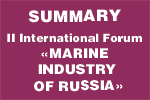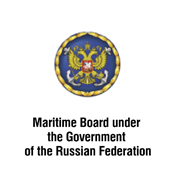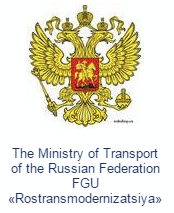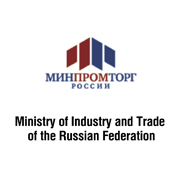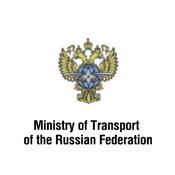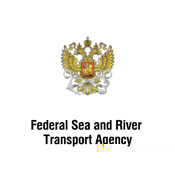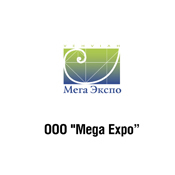Exhibition Hall,
17-19 May 2016
Time left till opening of the Forum
May 07, 2015
Greetings from the Ministry of Industry and Trade of the Russian Federation
January 28, 2015
The Forum organizers received the greeting from Gutenev V.V., the First Deputy Chairman of the Russian Engineering Union.
January 15, 2015
The Government of the Russian Federation addressed a welcome letter to the V International Forum Marine Industry of Russia.
More on ship automatic machinery and control systems
Efficiency of ship power plant (SPP) utilization depends on the level of automation and manageability of various operating modes of these plants.
The remote automated control (RAC) system is used for ship velocity and travel direction control. At ships equipped with fixed pitch propellers, change of frequency and rotational direction of main low- and medium-speed reversible engines ensures controlling propeller thrust and rotational direction. As for nonreversible engines, the system uses a reverse diesel reducing unit.
At ships equipped with water-jet propulsors or adjustable pitch propellers (APP), RAC systems function jointly with main propulsion device control system, such device alters ship speed and direction.
Diesel power plants comprising ship power plant are equipped with own RAC systems ensuring auto-activation and cut-off of diesel engines under normal or emergency modes.
Ship Automation Equipment
The list of ship automation equipment includes:
- control panels and centrals;
- programmable controllers;
- operator control stations, transducers;
- actuating mechanisms;
- various programmable data processing facilities (receipt, processing and communication via interface channels);
- main and back-up power supplies;
- signal conversion and commutation equipment.
All automatic control systems are to be firmware unified, and their components are to be compatible with other automation equipment. Besides, system themselves are to be integrated into automatic technology process control system of a ship.
An onboard refrigerating installation is a critical component of a vessel transporting nondurable goods and a refrigerator-ships. As for modern carriers, such installation is highly automated.
The onboard refrigerating installation controls plant cooling capacity, temperature in the room being cooled, evaporator refrigerant feed, refrigerant condensing pressure, and refrigerator evaporating temperature. Interconnection of main units of the automated refrigerating unit (compressor, evaporator, condenser, and so on) builds up a complex maintaining set-up temperature parameters in each separate cargo room being cooled.
Onboard remote automated control systems for ships equipped with fixed or adjustable pitch propellers are to be supplied only with Certificates of RMRS, RRR or other foreign classification association on customer’s request. In certain cases, RAC systems for main engines and diesel-generating sets are supplied with such engines/sets themselves, such RAC being used as local control systems.
Complete integrated automation of a vessel together with raising of coordination level of all local control systems is necessary to deplete a crew strength. However in some cases, the role of a person in the control process as well as his responsibility grow despite the fact that automation frees him from time-consuming and major operations, and improves working conditions.
Concurrent engineering and delivery of integrated control systems cut down their cost and spare and maintenance cost.
Situation in Russia
The majority of vessels being constructed in the Russian Federation are provided with standard automatic control systems for domestic onboard equipment. The baseline automation and centralization level for monitoring and control is regulated by the Rules of the Russian Maritime Register of Shipping and, as a rule, it is exceeded.
The automation of ship diesel plants provides:
- maximum operating economy of onboard diesel plants (technical servicing and mechanical maintenance cost reduction with minimum maintenance staff);
- high reliability and safety (increased equipment portability, control error reduction, provision of optimum mechanism control);
- maximum utilization of the possibilities of ship diesel plants (operation under extreme load, increase of performance characteristic range, efficiency increase);
- ship diesel plant efficiency increase (fuel economy, low component wear, effective use of working conditions).
As for navigation operations, current level of scientific-technical progress entails their progressive automation while integrated navigation set is being equipped with new automation aids. Used automated navigation sets (ANS) differ in level and content of automation, design concept and other features.
© Marine Industry of Russia, 2009-2010. All rights reserved.
By: “Ideological buiseness-projects”
Design by Valentina Ivanova.
